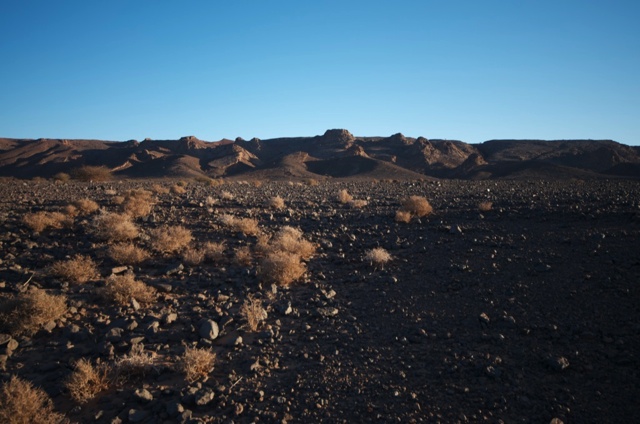Morocco, Kess Kess – March 2013

The must see place of every Moroccan expedition is the Kess Kess in the hill range Hamar Laghdad situated close to Erfoud. We arrived there in the middle of the night which made it possible to visit the place in the morning.






The early Devonian carbonate mud mounds are subject of numerous studies. Generally speaking their occurence is linked with the submarine volcano activity accompanied by the escaping of hydrothermal water. The water running from the cracks supported the development of metazoans and microbes and with time large mounds of cone-shaped sturctures were formed. HERE You can find a field guide to the Kess Kess carbonate mounds (by Barbara Cavalazzi).
The limestone itself does not look particularly attractive, but around the moulds you can ocassionally find a concentration of fauna (eg. limestones with numerous pieces of Scutellum trilobites). Between the moulds there are also preserved marlstones with coral and brachiopod fauna and few cephalopods. You don’t need a hammer to find them – just looking down carefully will do.


The place is charming. It’s worth bringing some wood for a campfire or charcoal for a grill. Although there are some acacia trees growing there, it would be a pure barbarism to cut them down for wood. A strip of the Erg Chebbi dunes can clearly be seen from the top of the mould and getting to the highest part of the Hamar Laghdad is definitely worthwhile if you want to look down at Oued.
All trilobite freaks please refer to THIS article. Green eyed, red barranderopses have been found HERE.
Translation from the Polish: Paweł Jankowski



